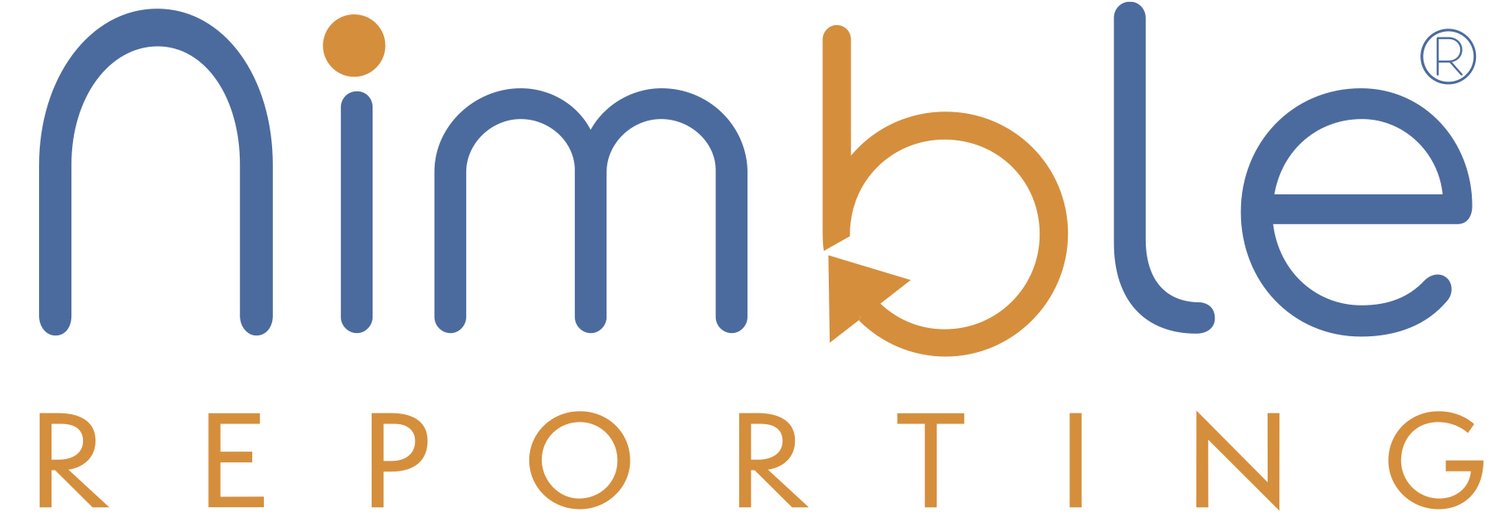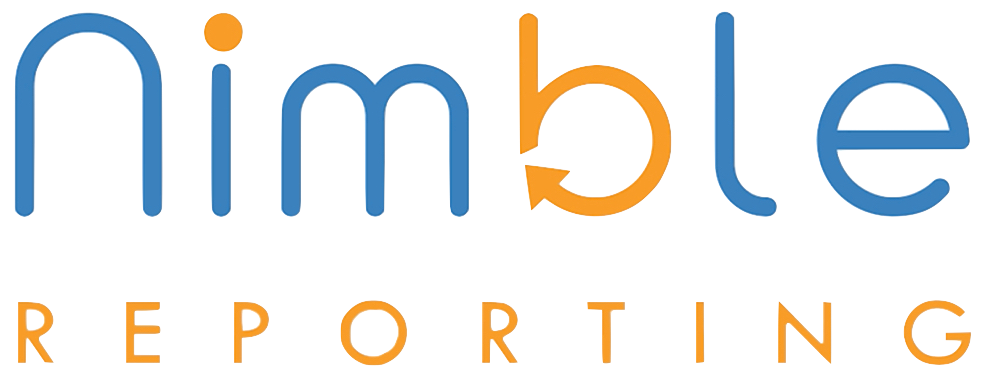Workday Research: Unlocking the Strategic Potential of Payroll Through Automation and Integration
Payroll does not have to only be an operational issue in organizations. With automation, there is a treasure trove of data that can be aggregated and analyzed to help strategic planning within an organization. This article is a thought provoking look at this issue and is of immense importance to understanding the lifeblood of an organization… it’s people.
A global survey of 1,300 senior decision-makers reveals that payroll departments are sitting on an untapped gold mine of valuable workforce data. Executive buy-in, clear strategic priorities, and better alignment across different departments are the key to turning that data into business outcomes.
Payroll performs a business-critical role but is often viewed as a back-office function focused purely on manual data processing and operational efficiency. That is starting to change, according to a global survey of 1,300 senior decision-makers across a cross-section of industries and payroll department sizes.
While 92% of survey respondents recognize the strategic impact of payroll, 89% say their current payroll solution could do more to uncover insights that inform the strategic direction of the business—highlighting a strategy gap that presents an opportunity for payroll practitioners to expand their influence.
Closing this strategy gap will require payroll departments to find a way of seamlessly executing their core responsibilities—making sure that people get paid accurately and on time—so that they can free up capacity to leverage the gold mine of data at their disposal to aid executive decision-making and enhance the employee experience.
Elevating Payroll with Clear Owners and Strategic Priorities
Our research found that 90% of respondents agree that leadership could be more involved in elevating payroll’s value and impact. Even a majority of leaders admit they could be doing more, with 93% of board and C-suite respondents agreeing that they should be more invested in elevating payroll.
This can help to address two challenges that payroll departments are facing: identifying the most strategic use of payroll data, and how best to align different departments to drive successful transformation and change.
When asked to pick the most strategic use of payroll data—apart from paying employees—there is a lack of clear consensus. The most common responses (based on a combination of those ranked first, second, and third) include:
Real-time workforce planning, 37%
Better pay transparency and equity, 36%
Increasing operational efficiency, 36%
Cost control and budget management, 35%
Enabling executive decision-making, 33%
Similarly, when asked which department is responsible for payroll, the most common response was HR but this varies from one organization to another with finance, dedicated payroll teams, third-party processors, and operations all being cited—resulting in a leadership vacuum that complicates strategic planning.
Senior leaders are aware they can do more but turning awareness into action will require a more proactive approach to defining strategic goals for payroll departments and making sure that they have the skills, resources, and organizational buy-in necessary to drive meaningful change.
While 92% of survey respondents recognize the strategic impact of payroll, 89% say their current payroll solution could do more to uncover insights that inform the strategic direction of the business.
Paving the Way for Strategic Insights Through Better Integration
With the involvement of senior leadership, payroll departments can focus on what really matters: integrating their own data with that from other departments to unlock insights that aid strategic decision-making and help the business achieve its goals.
Modern, integrated payroll systems automate the impact of HR transactions on payroll, use sophisticated bidirectional APIs to exchange data needed for payroll processing across local payrolls, include flexible frameworks to adapt processes to new requirements, and provide reliable and granular data and reporting for informed decision-making.
Our research found that 71% of respondents say their organization has an integrated payroll solution but when asked about individual integrations such as scheduling, benefits, and absence, on average fewer than half of HR and payroll data sources are fully integrated—highlighted by the fact that 47% of payroll processes still require some level of manual intervention.
This lack of integration also means that 99% of organizations have to undertake some kind of retroactive payroll processing—and report, on average, 345 off-cycle payments due to errors in the past 12 months. Some of the most common reasons include:
HR transactions not in sync with payroll run times, 42%
Overtime data not incorporated correctly, 38%
Human error, 38%
Shortfall in pay calculated, 38%
Late timesheets, 37%
As a result, over 50% of respondents in our survey said they lack confidence in the accuracy of workforce costs and metrics. Investing in a fully integrated payroll solution not only has the potential to reduce time spent correcting errors but can also make payroll professionals more confident when making data-driven decisions.
Investing in Automation and AI to Empower Payroll Professionals
If better integration can help to increase the quantity and quality of payroll data, then automation and AI will be the keys to deriving deeper insights from that data such as identifying the root cause of overtime costs, or using predictive analytics to enable better workforce planning as part of organizational growth.
Our research found that there is an appetite for investing in automation and AI capabilities, with 43% of respondents saying their organization plans to invest more in payroll automation over the next year. Those who have already invested are reaping the rewards, with respondents citing that they have been able to save 2 working days per week, which adds up to a staggering 96 days saved per year, on average.
Our survey found that different departments each have their own opinion about which features to prioritize when implementing automation and AI, as shown in the table below:
Deciding on the best use of automation will require a clear strategy from senior leaders but one thing respondents can agree on is that 99% want to keep “humans in the loop.” Payroll practitioners don’t want AI to replace them; they want it to eliminate manual processes and provide a deeper level of insight into their operations so that they can focus on work that benefits both the organization and its employees.
For that to happen, payroll departments will also need to think about the current skills and capabilities available within the team, and where there might be gaps. From implementing and managing new solutions, to extracting relevant insights that can benefit the business, automation and AI have the potential to reinvent the roles and responsibilities of payroll professionals.
All of this is good news for payroll professionals. Defining a clear set of strategic priorities with the help of senior leadership, streamlining current operations through better integration, and freeing up more time to focus on innovation means that payroll may be on the cusp of transitioning from a back-office function to a driver of strategic business outcomes.


